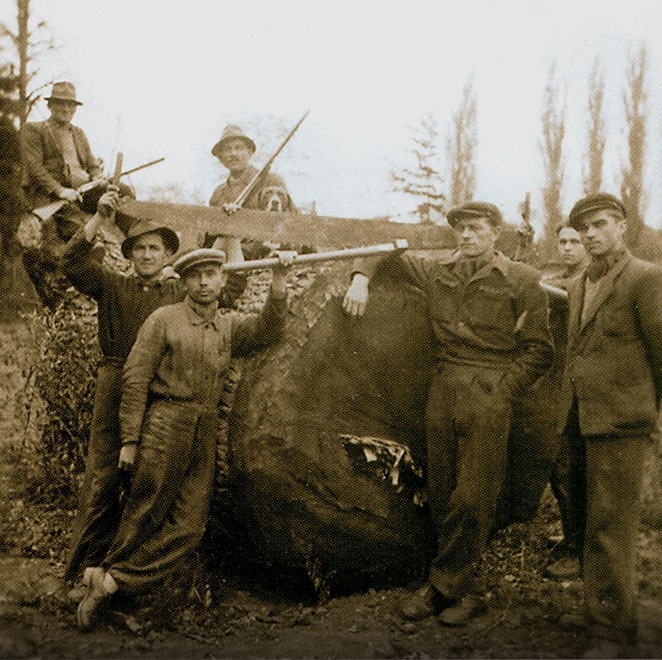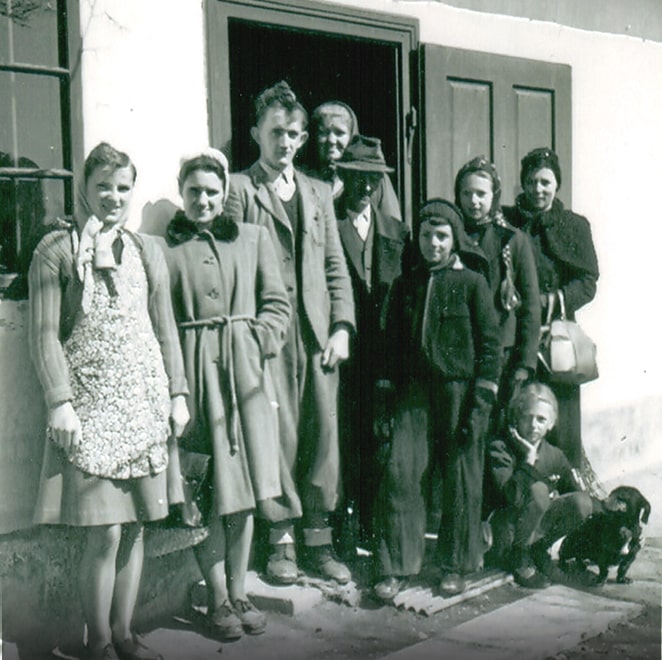
People of the Forest
Meet the forest people
The history of the Small Carpathian region is unique in its connection with the ethnographic group they knew as the Huncokárs. The Huncokárs referred to themselves as ‘forest people’, but the name Huncokár, given to them by the locals, was actually a corruption of the German word Holzhacker, which in English means lumberjack. They came here from Austrian states at the invitation of the wealthy Pálffy family, who were faithful to the Hungarian monarch. They came here to introduce modern methods of logging. Until the 16th century, there was no exact system of timber logging; forests were primarily used for hunting, firewood, and livestock farming. The first changes came about in 1565 with the adoption of the Forest Policy, which made forest management a purposeful activity.
Even the aristocratic Pálffy family strove to use the abundance of the forests effectively, which is why they began inviting foresters and lumberjacks and their families from German-speaking countries. The Huncokárs were scattered sparsely throughout the mountain areas, but the settlement in Modra–Piesok was the exception, with numerous families living close together. They were permitted to use the houses and gardens while they served the Pálffy family. They were fruit growers and woodworkers, and the women were also herbalists.
The Huncokárs chopped and cut wood, moved it to the roadside, and cleared the forest. They married amongst one another, but were on good terms with the local residents. They were Roman Catholics whose patron saint was Saint Vincent. They settled in mountain valleys, usually 2 to 3 families together; the exception was Modra-Piesok, where they formed numerous social groups. They were given gardens to use and they grew vegetables and pulses, while also raising livestock. They also grew fruit, and the women were experienced herbalists. They cut down trees and chopped wood in the forests, and they also transported the wood to the roadside and cleared the forest. The men burned lime and wood charcoal, and the women planted trees, prepared feed for the animals, and cut the grass. Life in the mountains meant they had to live in harmony with nature, but they also had to live in solidarity with one another. They helped one another, married amongst themselves, and tended to handle most of life’s ups and downs within their own social groups. When both parents of a child died, for instance, the family took the orphans in and cared for them. The Huncokárs were buried close to where they lived, but only one such grave has been preserved and is located in Modra at the meadow called Čermákova lúka. Of the original cemeteries, only the one in Modra–Piesok remains. The graveyard crosses have been renovated and today the repeating surnames are evidence of their endogamous marriages.
After 1945, the mountain settlements in the Small Carpathians were cleared out and some of the inhabitants were moved to Germany.
The Small Carpathian areas of Modra–Piesok, Pezinok–Rybníček, Kamenná brána, Zabité, Sklená huta, and the Záhorie region of Vývrat, Horáreň pod Vysokou, and many other areas became home to many families of the forest people. The surnames Achenschwandner, Eckhardt, Gschwander, Graus, Gschill, Hirner, Kern, Kschill, Lintner, Nietschneider, Reisinger, Steinacker, and many others still remain common in our area.




